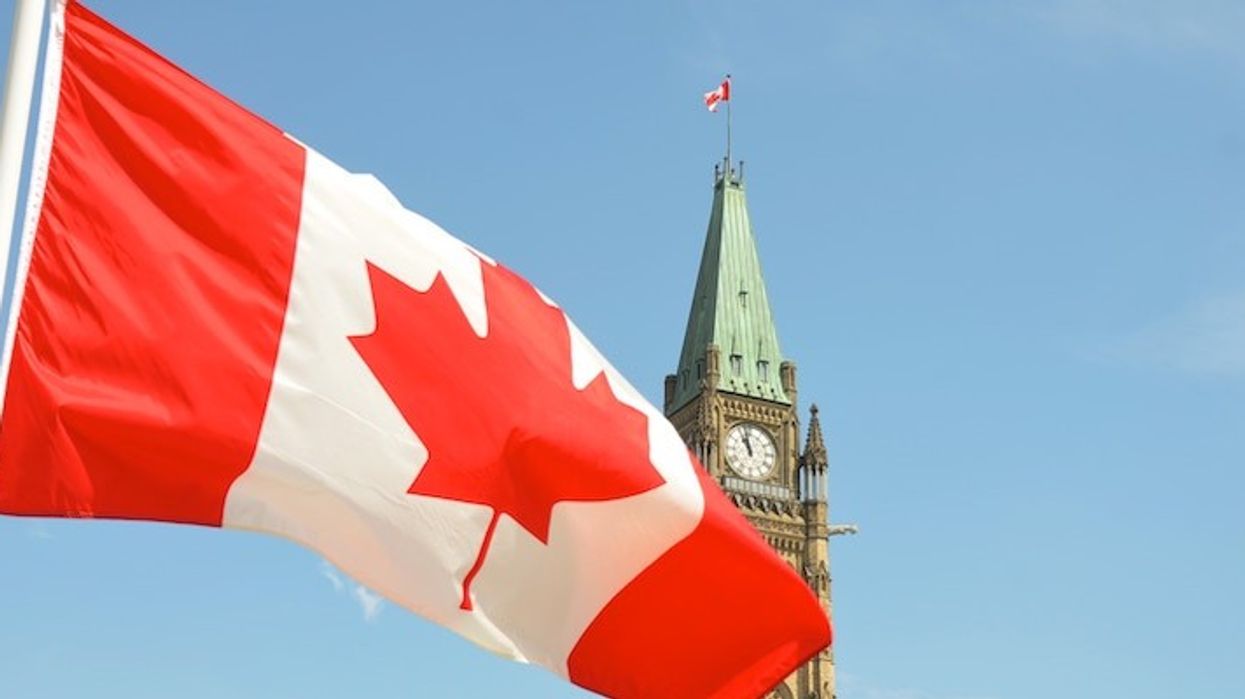As the need for basic income continues to grow, a new report demonstrates how Canada could afford to fund an annual $22,000 for adults and improve income security for everyone.
This would include three options for a basic income for all adults while maintaining current child benefits for those under 18 years old.
The report, which was prepared by the non-for profit group Basic Income Canada Network (BICN), says the three options would range from the annual cost of between $134 billion and $637 billion.
“We’ve seen interest in basic income grow far beyond theoretical debates. BICN is now frequently asked what it would look like in Canada,” said Chandra Pasma, a member of the BICN Advisory Council and co-author of the report.
“Our report clearly shows there are multiple options Canadian governments could use to implement a successful basic income program.”
READ: Premier Ford Considering Rent-To-Own Affordable Housing Program
Basic income is essentially a form of social security whereby the recipient receives a guaranteed sum of money from the government on a monthly basis, in addition to income earned on their own, so they can "meet their basic needs, participate in society, and live with dignity, regardless of work status."
"The call for a basic income is growing, including from public health and environmental sectors, Nobel laureate economists, marginalized communities and people concerned about precarious work and technological disruption. The urgent need to reduce inequality and its costly consequences has led some researchers, advocates, and politicians to the conclusion that basic income is inevitable," reads the report.
To come up with the three options, BICN proposes funding could come from existing refundable tax credits and programs that provide direct income support, like the Goods and Services Tax/Harmonized Sales Tax (GST/HST) credit, as well as social assistance payments and converting them into a basic income.
READ: The Average Amount of Time Needed to Save $35K for the Home Buyers’ Plan in Toronto
Additionally, the new benefit would be furthered topped up by increasing corporate and personal taxes, ending pension income-splitting for seniors, and eliminating many tax credits that provide advantages to higher-income residents.
The three policy options:
Option one:
This would target those 18 to 64 years old, and be based on household income. This option would operate much like child benefits, with the $22,000/year for individuals or $31,113 for couples. Existing seniors' benefits (OAS and GIS) would remain in place. The cost would be $134 billion annually.
Option two:
The benefit works in the same manner as option one, with seniors now included. The annual cost would be $187 billion.
Option three:
The third option is a universal model that would provide the same benefit amount to every individual adult, regardless of household makeup. The annual cost would be $637 billion.
According to the report, in all three options, the entire lower half of the income distribution sees their disposable income increase.
"Most people up into the middle-income groups continue to benefit. Wealthier individuals in the upper-income deciles contribute more to ensuring that all Canadians at every stage of their lives, through ups and downs that affect all of us, have true income security. In all options, inequality is reduced," reads the report.
Additionally, if this was actually implemented, BICN says Canada's lowest-income families could see their disposable income increase by more than 350% and poverty could almost be eliminated.
“The options vary administratively so don’t get sidetracked by the size of the different up-front costs,'' said Sheila Regehr, Chair of BICN. “It doesn’t mean one is much more expensive than another. The options have similar results for people and they are all funded from similar sources."
Regehr added, “basic income in Canada is not a question of possibilities, but of priorities. It is clear from child and seniors benefits that it works for many Canadians already."
But in order for a plan like this to be implemented, Regehr says the federal government would need to start taking more leadership to make this work for everybody.





















